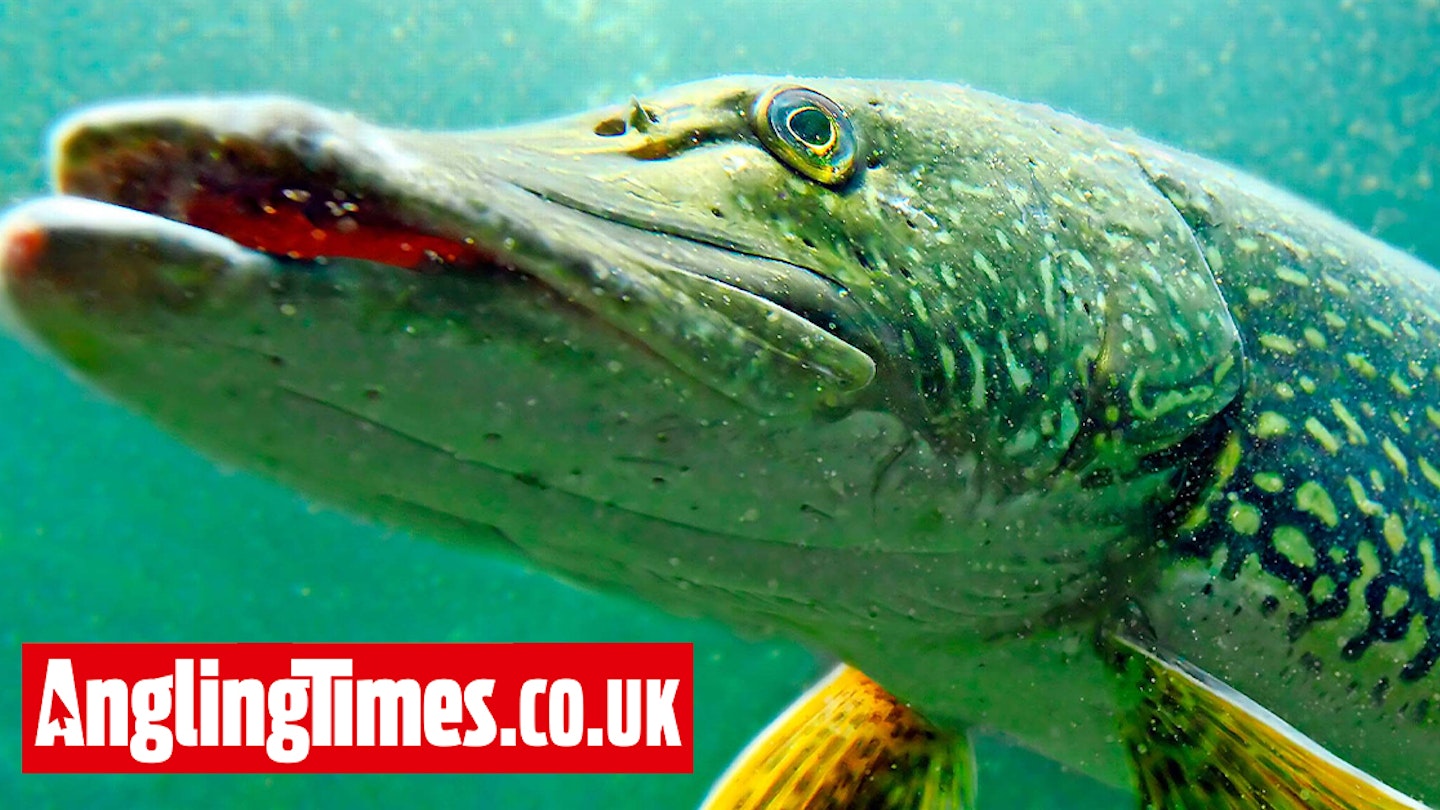When you have a roach snatched off the hook by a pike it can be easy to curse the presence of predators, but without them our fisheries would be a lot poorer.
Predators play an essential role in helping to maintain a balance in our fisheries and, in fact, over time help to keep their own numbers in check.
FANCY A CRACK AT PREDATOR FISHING YOURSELF? HERE ARE SOME GREAT VENUES TO VISIT.
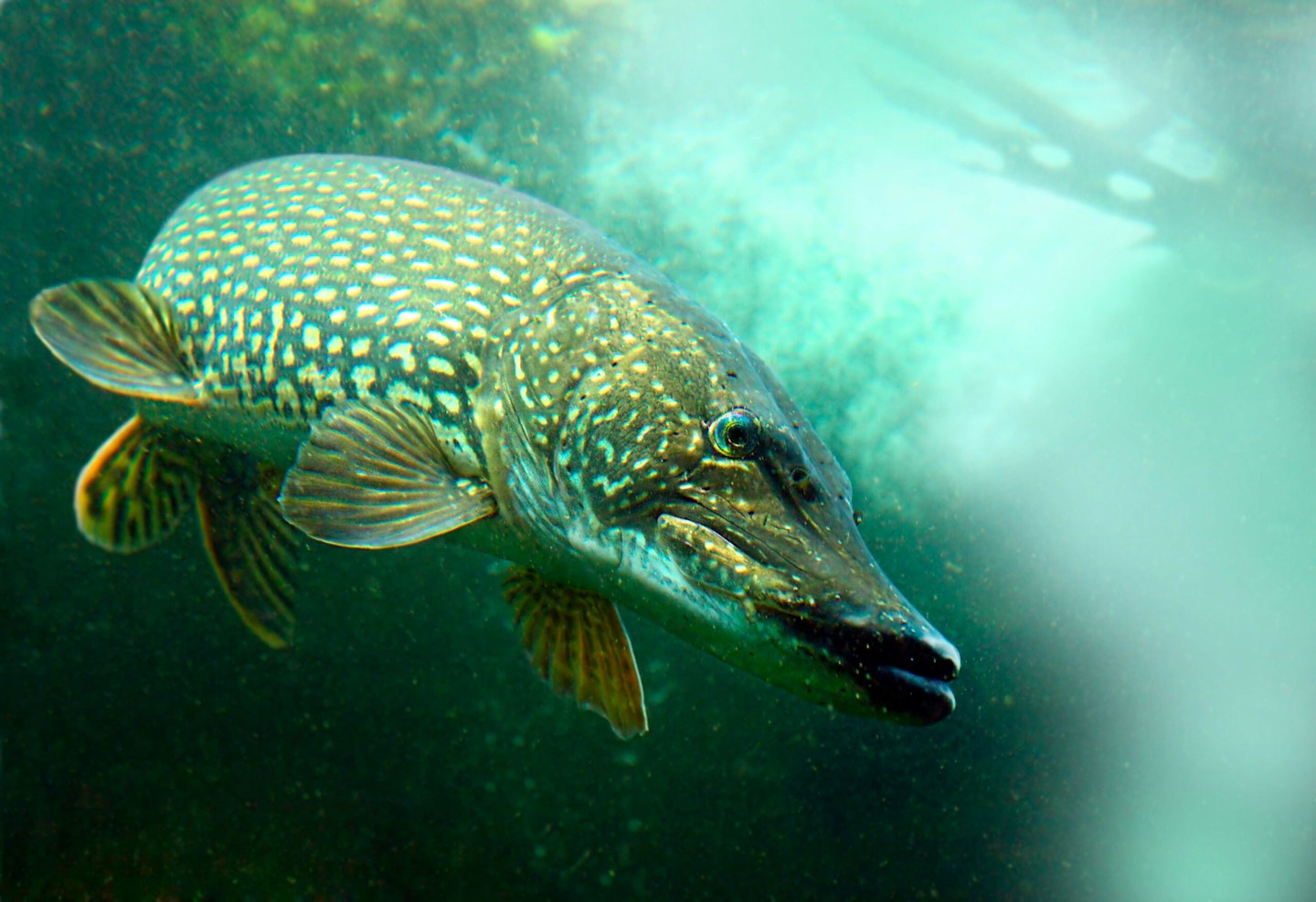
The six UK predators
Although all our larger fish will at times eat small fish we have six species that are predominantly predatory in the UK – pike, perch, brown trout, eels, zander and catfish. The last two are relatively recent introductions, zander having been stocked into Woburn Abbey in 1878, and catfish around the same time.
Since then many further introductions of these two Eastern European native species have taken place around the country. From the rather diminutive perch to the giant catfish, these species cover a massive range of sizes, and also preferred prey.
As a rough guide, predatory fish show a marked preference for prey fish that are roughly 60 per cent of their mouth gape, although they will take much larger and smaller fish, depending upon their abundance.
This optimal size is linked to a trade-off between the ease with which the predator can catch and handle the prey fish and the size of the meal it gets in return.
LURE FISHING IS A GREAT WAY TO CATCH PREDATOR FISH. HERE'S A GUIDE TO THE BEST LURES.
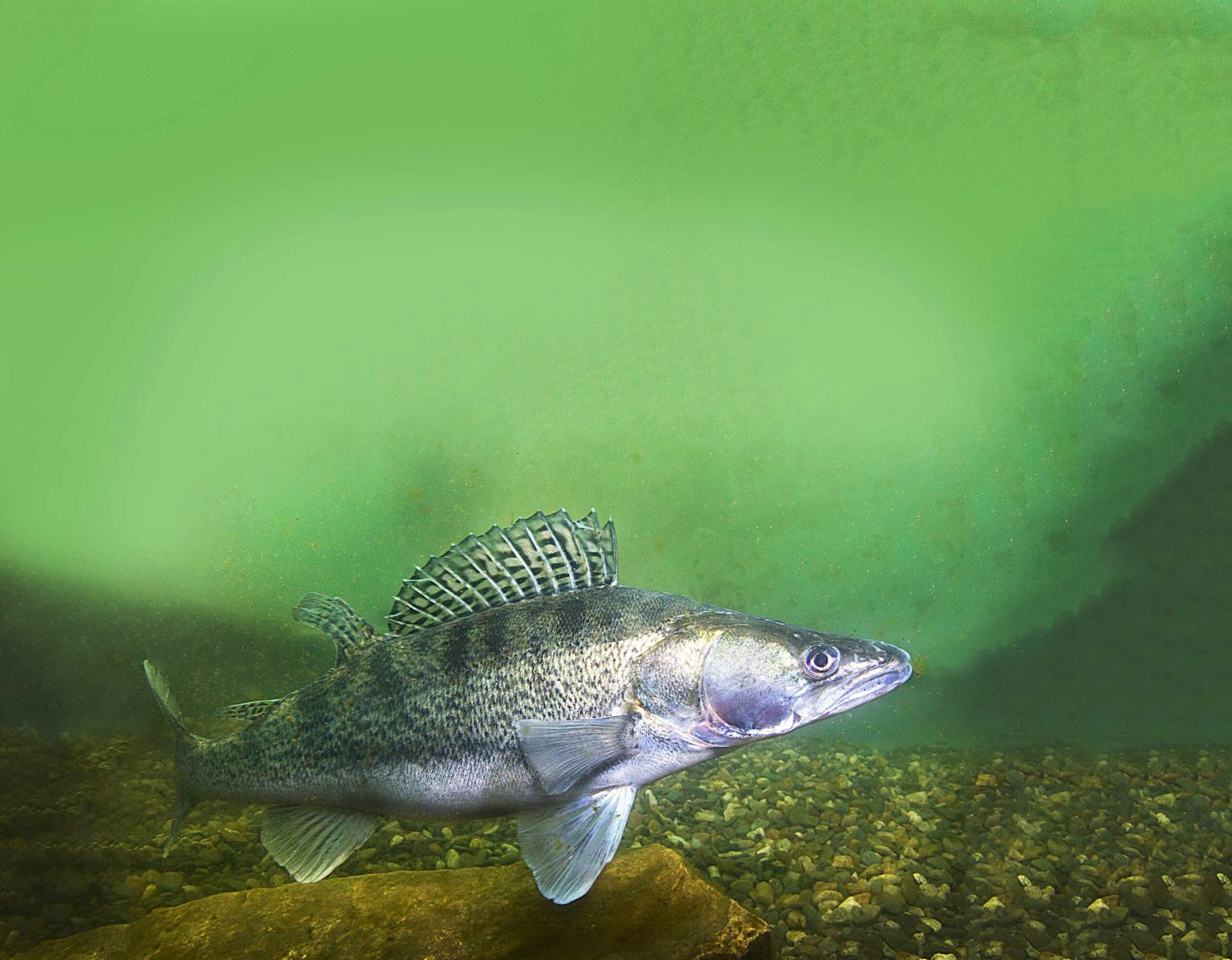
What do they eat?
In fisheries that contain both pike and zander this mouth gape prey preference means that pike will eat larger prey than zander of the same size.
Zander, in fact, generally prefer relatively small, numerous fish, such as gudgeon, bullheads and young roach.
Normally the favoured prey species are the ones that are most abundant in the preferred size range, with the percentage of fish found in the predators’ guts roughly the same as that in the fishery as a whole.
So, relatively common fish, such as roach and perch, are more likely to be eaten than rarer species. This is partially because the predators are more likely to come across the more abundant fish, but also because they will learn through experience how to increase their hunting tactics for these common food targets.
PREDATORS LIKE PIKE ARE QUITE FRAGILE. HERE'S HOW TO HANDLE THEM CORRECTLY AND SAFELY.
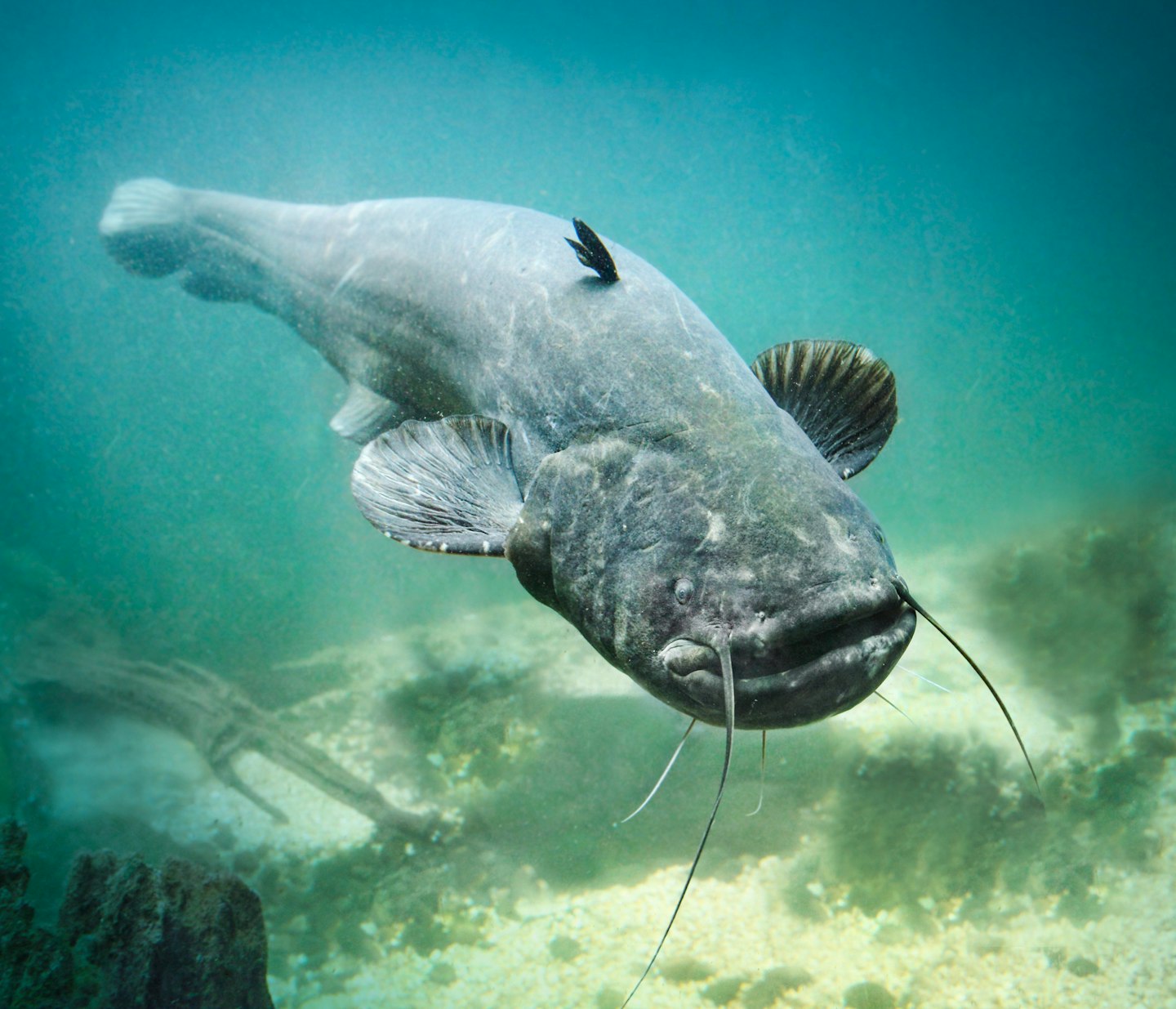
How many in the venue?
In a balanced fishery the biomass of predatory fish is roughly one tenth that of prey-sized fish. This biomass could be made up of lots of small predators, or a few large ones. More often than not, there will be a size pyramid with just a few large adult predators at the top and increasing numbers below this.
Importantly, part of the diet of adult predators will be made up of the young of their own species. As a result, the number of young predators is kept in check by the adults, preventing the predator numbers from exploding and exceeding the 1:10 biomass rule.
If the larger predators are removed then this predation pressure is also removed, which can lead to an explosion in the numbers of predators, leading to an unbalanced fishery.
If the numbers of predators are to be controlled then the best strategy is to remove the smallest individuals possible, although normally it’s better to leave well alone.
WANT TO CATCH A MONSTER PERCH? HERE ARE THE BEST UK VENUES TO VISIT.
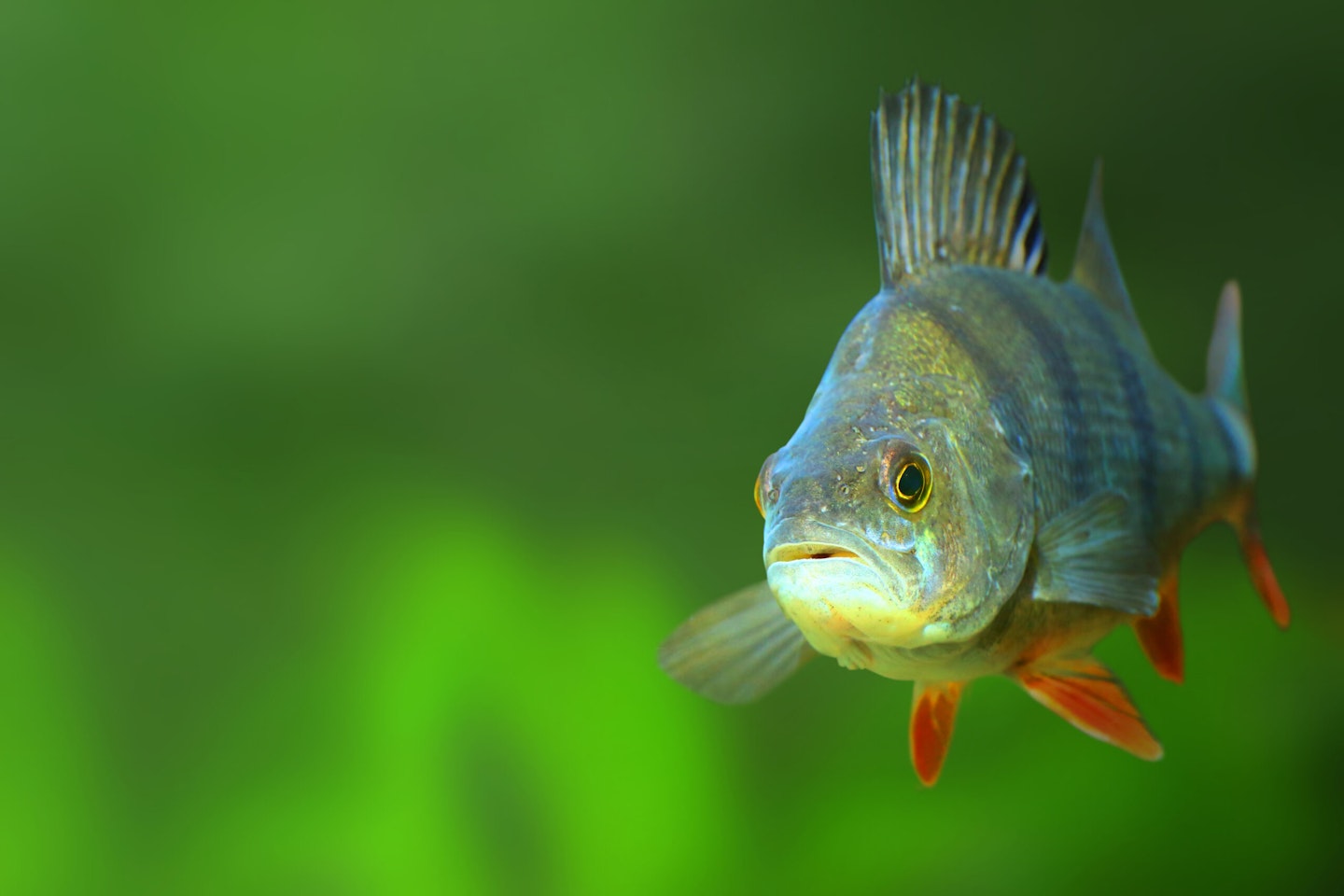
Can’t live without them
Fisheries that do not contain any predatory fish can often be in danger of becoming over- populated with small, stunted fish, because there are fewer checks on survival rates of the young fish. It should be remembered that damaged and sickly fish will be preferentially eaten by predators, so they help to weed out the less desirable fish.
Overstocked venues are much more likely to suffer from fish-kills, as water quality can often suffer. So a well-balanced fishery needs to either contain some predators to keep the prey fish in check, or may need human intervention to remove small fish instead.
NEED SOME TIPS TOIMPROVE YOUR PREDATOR FISHING? CHECK OUT THIS EXPERT ARTICLE.
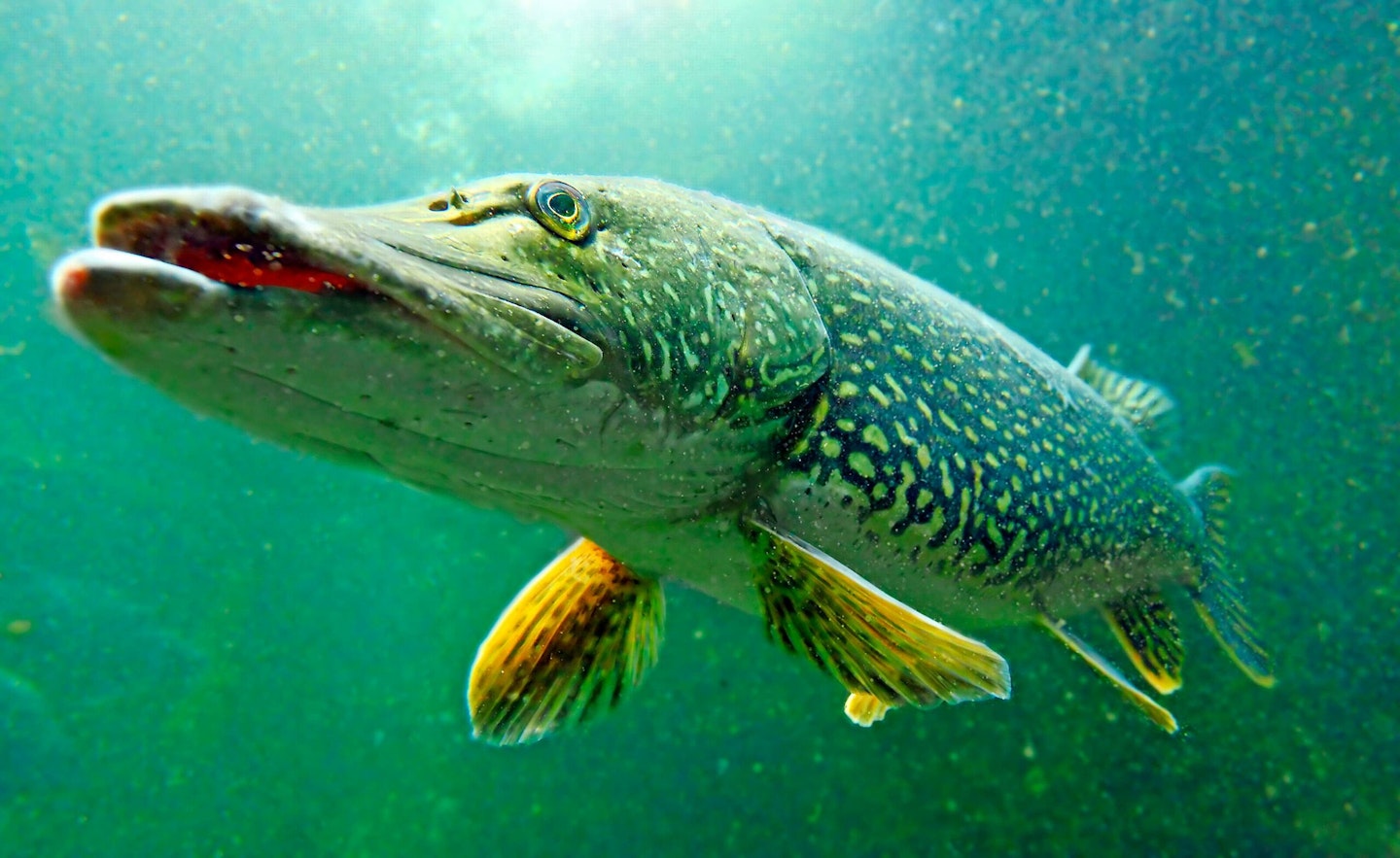
The predator/prey cycle
Populations of predators and their prey are never fixed and constantly cycle, with first the prey numbers peaking, before the predators can catch up and crop them back to a sustainable level. Because most of our coarse fish are quite long-lived these oscillations in the populations can take several years or even decades to complete.
Different predators often coexist because they take prey of different sizes and species. This is particularly true of species that differ in their maximum size. Pike and perch and perch and catfish can often be found together. Pike and brown trout are often found to specimen sizes in the same venues. When too little prey of the correct size is available growth will slow and they will often be lean. This is often seen in carp fisheries, where a lack of prey fish means that the pike never reach their potential.
FANCY A CAST AT A GIANT CATFISH? HERE ARE THE BEST VENUES IN THE UK TO CATCH THEM.
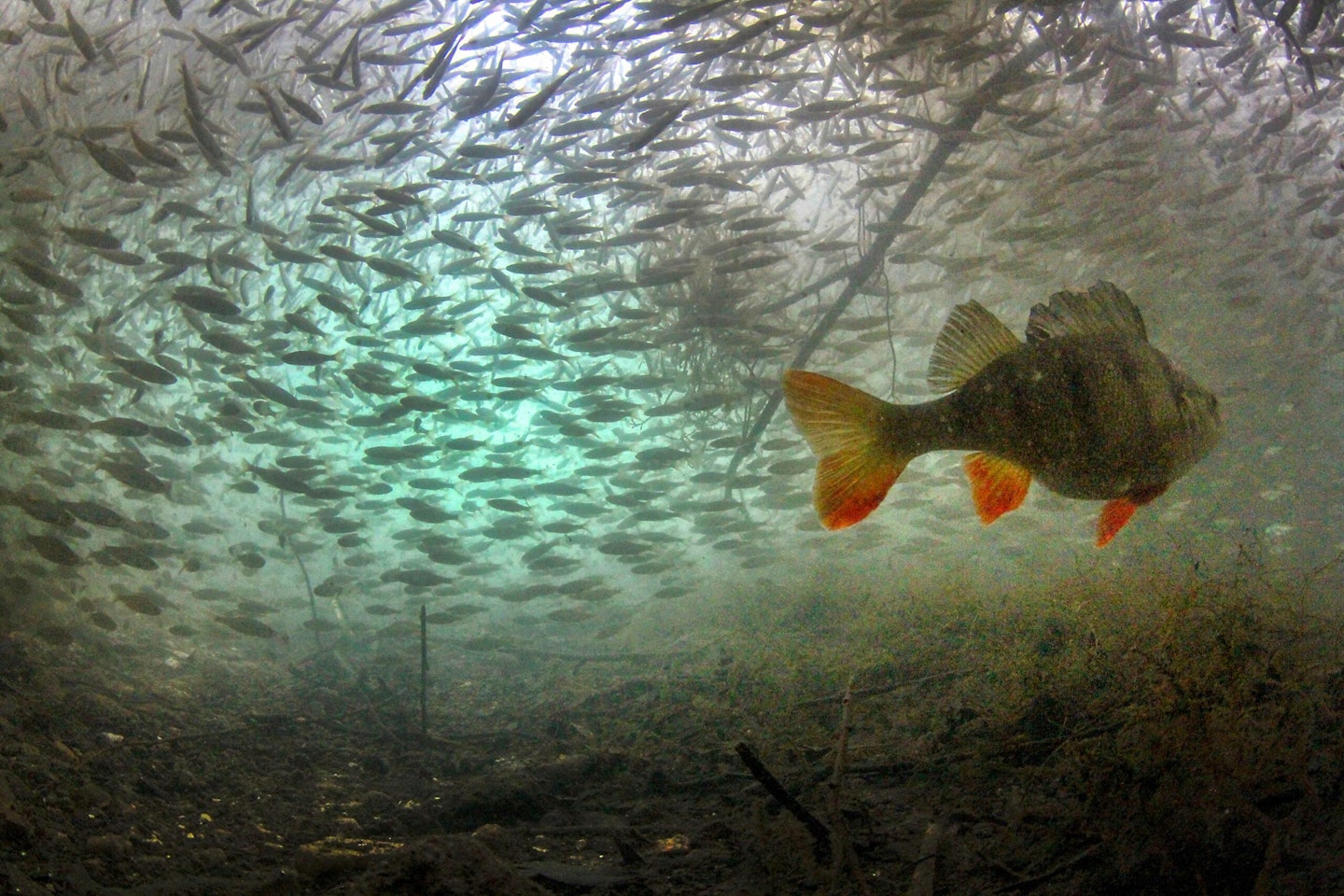
Healthy, well-conditioned pike are a good sign of a well-balanced, natural fishery. Specimen perch also signal a healthy population of small silver fish, and perhaps other prey such as crayfish.
The interactions between predatory fish and their prey are often complex and work over long periods, making successful management difficult.
In most instances leaving well alone and letting nature take its course is the best policy.
This page is a free example of the amazing content Angling Times Members get every single week. Becoming an Angling Times Member gives you access to award-winning magazine content, member rewards, our back issue archives, bonus content and more! Join our fishing community and find out more today!
